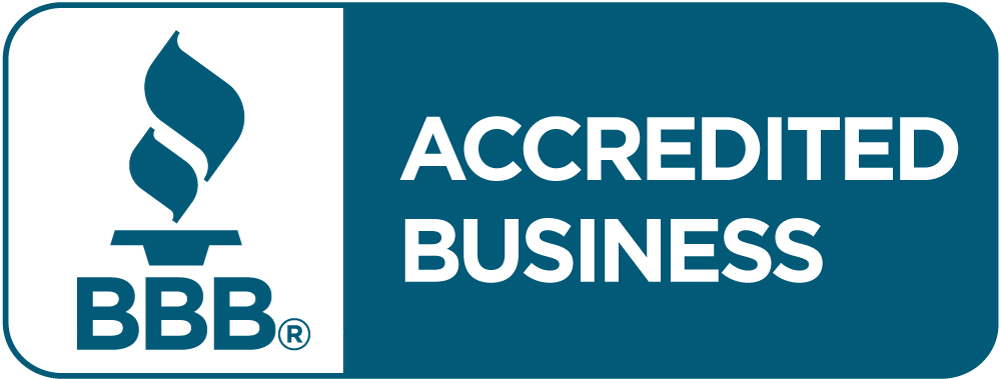Quick Links
ToggleOver the past few years, news outlets have been predicting a cashless future. While society was already making this transition, the COVID-19 pandemic has certainly accelerated it. Previously, carrying around cash seemed bulky, inconvenient, and unhygienic. These days, the handling of cash has become a public health concern, with the Centers for Disease Control (CDC) specifically asking businesses to “encourage customers to use touchless payment options” and “minimize handling cash”.
So, how can your business quickly, safely, and effectively make the transition to cash-free payments? In this article, we explore what a cashless future means, as well as the vital ways you can prepare your business for going cashless.
The Importance of Going Cashless
In our increasingly tech-driven world, digital payments have already begun to reign supreme. However, going cashless is now more important than ever. With the global pandemic, catching the potentially deadly Coronavirus is a significant threat to everyone. Spread occurs through airborne transmission, as well as through contact with objects or surfaces containing droplets from an infected person’s cough or sneeze.
More specifically, COVID-19 can survive on coins for up to four days, as well as on paper like cash for up to three hours. This has prompted over 50% of consumers to have either reduced payments with cash or forgone cash altogether, according to a survey by Deloitte.
It’s not just COVID-19 that cash puts people at risk of coming into contact with, however. As we know, money can pass through the hands of thousands of people, as well as interact with any number of surfaces. Depending on the denomination, money can stay in circulation for six to 22 years, giving each coin or note several years to build up other harmful bacteria such as Escherichia coli (E. coli), salmonella, and staphylococcus aureus, which can lead to serious illness.
Hygiene and health risks aside, cash can also be unsafe and inconvenient to carry around. If a consumer is making a significant purchase for hundreds or thousands of dollars, they are unlikely to want to have that much money in their possession in public.
Cashless methods such as credit or debit cards, however, provide them with a quick, convenient, and safe method for making purchases.
Preparing Your Business for Going Cashless
In order to prepare for a cashless and post-pandemic world, businesses must carry out the following preparations.
1. Do Your Initial Research
For some businesses, making the transition to a digital transaction-only model might not be suitable. This might be due to their previous customer payment history or the demographic of their target consumer, for example. In this scenario, businesses should introduce or ensure they have cashless payment options in place, while still accepting cash payments from those who prefer to make their purchases in this way.
To determine if your business will benefit from going partially or completely cashless, ask yourself:
- What percentage of my sales are paid for with cash?
- Does my target market have access to cashless payment methods? (Both very young and elderly consumers are less likely to own a credit card.)
- Would my target market like or dislike the change and why?
- Does my local jurisdiction require businesses to accept cash?
2. Consider How You Can Implement Cashless Payments
The opportunity for cashless payments extends well beyond your business’s front counter. Businesses are also getting creative with how they can implement touchless payments within their space to make life both easier and safer for customers and staff alike.
From order-ahead and delivery apps to systems allowing customers to order and pay at their table; the hospitality industry has been particularly innovative with this.
3. Choose the Right Digital Payment Platform
Making the transition to cashless methods will require you to implement the right platforms for accepting digital payments. These platforms range from basic to more advanced and will be dependent upon what features your business requires to run, as well as how much money you’re able to invest in this new setup.
Just some of the most popular digital payment platforms for small businesses include Square, which is great for all industries; TouchBistro, which is ideal for hospitality businesses; and Vend, which is designed for retail companies.
Currently, pocket-sized, on-the-go POS systems can cost as little as $60 to set up. However, they lack the more sophisticated features that advanced (and therefore, more expensive) systems have to offer, such as data insights and integration with software you may already be using. A digital payment platform offering advanced features, on the other hand, could cost hundreds of dollars in fees each year.
If you’re considering going cashless with your business but need the funds to do so, Zinch can help. Contact us at (714) 500-6622 to learn more about your options. You could qualify for up to $250,000 in just 24 hours.










